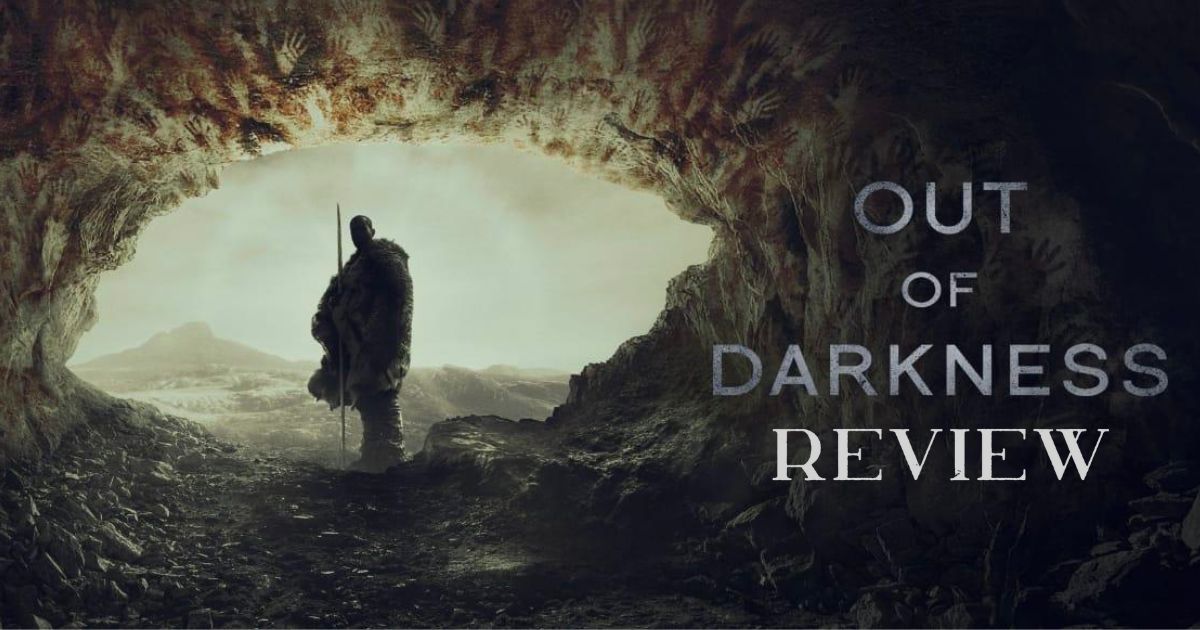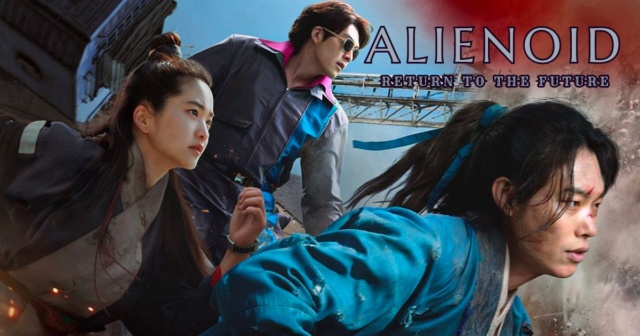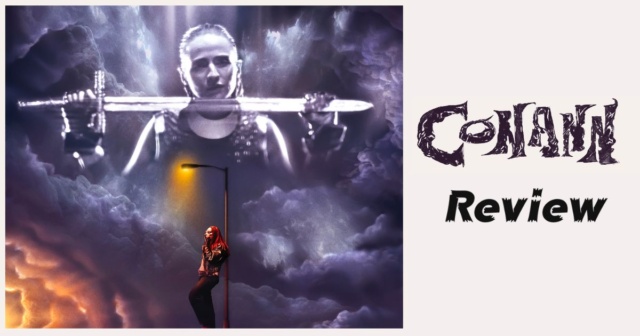Humanity’s Survival and Prehistoric Horrors in ‘Out of Darkness’

One of the coolest compliments I ever heard the late, great Roger Ebert express about a movie was that, while you’re watching it, your mind keeps turning; the movie’s mysteries encourage you to explore your own imagination in regard to what you’re seeing on the screen. The new prehistoric horror film from Bleecker Street titled Out of Darkness is exactly the kind of movie Ebert was describing. This monster mystery, set 45,000 years ago, follows a small clan of six cave-dwelling hunter-gatherers. During the picture’s taut 87 minutes, I kept coming up with new questions about our species’ early attempts at finding safety and shelter in the unforgiving natural environment.
[Warning: mild spoilers for Out of Darkness discussed below.]
Out of Darkness: a prehistoric horror story
Obviously, we can’t ever definitively know what life was like for our human counterparts living so long ago. But the human traits of ingenuity and imagination in storytelling offer a possible window into the most distant parts of our past. Enter first-time feature director Andrew Cumming. He and his creative team, including a debut feature screenplay from Ruth Greenberg, based on a story from Cumming, Greenberg, and Oliver Kassman, have crafted a visceral, almost pure cinema adventure.
On a vast and open landscape, we meet our six paleolithic heroes as they’ve made their primitive camp for the night. Adem, the leader of the group, tells Beyah, the stray woman that they’ve allowed into their ranks, to tell his teenager, Heron, a story, as the fire keeps the foreboding blackness surrounding them at bay.
Adem’s mate, Ave (pronounced Ah-veh). Ave is pregnant and in physical distress because the clan have not found anything to eat in many days, and her unborn child needs nourishment. The group’s shaman/medicine man/wisdom keeper, Odal, insists that Ave must eat soon, or the baby will die. This little proto-family unit is made complete by Geirr, Adem’s little brother, a young man who Odal describes as their “spear.”
During the night, the group is attacked by a mysterious force cloaked in the darkness. The monster takes Heron, and Adem becomes single-mindedly focused on rescuing him. He insists that the whole group follow him into the vast forest. As Adem looks at the foreboding landscape sprawled before them to look for Heron, you can see why our kind gravitated to crafting stories describing such places as the “deep, dark woods.”
Odal thinks the plan is madness; Heron is likely already dead. And following the mysterious attacker, that Odal, in his wisdom, believes it is a demon, into the woods, will assuredly bring the same fate to all of them. I won’t spoil the mystery at the heart of Out of Darkness, the movie’s boogeyman, which Cumming judiciously decides to hide mostly in darkness. When we do see it, it’s for only a few frames at a time, but it looms over the entire film.
The sound design team added a collection of otherworldly chitterings and screeches from the creature that blend with composer Adam Janota Bzowski’s percussive, driving score to create maximum unease. If you’re a fan of the TV series Lost, this mysterious creature has an unmistakably Smoke Monster-ey vibe to it.

The Origin Language
While the chase at the center of Out of Darkness is propulsive and engaging, it’s the world that Cummings and his collaborators have put on screen that mesmerized me the most. The director commissioned a linguistics expert, Dr. Daniel Andersson (who is also a poet and historian) to invent a brand-new language for his film because Cummings decided that using English made the whole thing seem silly.
What Andersson delivered was “a mix of Arabic and some Basque vocabulary” called Tola, an acronym for The Origin Language. Out of Darkness was initially titled The Origin, but the name was changed to avoid confusion with Ava DuVernay’s newest film about systemic racial oppression, Origin.
I initially saw Out of Darkness at Fantastic Fest 2023 with the original title. Perhaps serendipitously, in Sanskrit, the word tola means “weighing of gold,” causing Andersson to cheekily surmise that the made-up language was “worth its weight in gold.”
Adem and Ave and the lives of prehistoric people
If I have one nit to pick with Out of Darkness, besides the very on-the-nose choice to name the two mated characters Adem and Ave, it’s that the performers looked a little too manicured. I was aware they were actors approximating prehistoric people. The same can be said for the characters’ clothing. The animal-skin pants that the sextet wears look a bit too tailored for being made 45,000 years ago.
But maybe that’s my own internalization of the myths we’ve collectively created in our minds about “cavemen.” The film’s archaeological consultant, Dr. Rob Dinnis, a paleolithic archaeologist, assured the filmmakers that their characters “would be perfectly recognizable as like humans in the modern day: they created colored, carefully tailored and decorated clothes.”
Indeed, recent research has begun to question the idea put forth by exclusively male anthropologists, who excluded contradictory evidence that refuted their conclusions, that in prehistoric hunter-gatherer communities, men were always the hunters and women were always the gatherers/caretakers. The new findings suggest that women were as involved with hunting for food as their male counterparts.
What’s so fascinating about the movie is that you can see exactly why we’re still dealing with horrible inequality today because of systemic inequalities that began when we were still taking to caves for shelter. For example, Odal blames Beyah for attracting the monster because she has recently gotten her period. When Adem demands that Beyah tell Heron a story, he makes it clear that it’s because she is there for his pleasure, and nothing more. He also insists that, because Heron is a boy, he needs to hear a story about conflict.
“You’re for whatever I need,” Adem tells Beyah later. It’s a glimpse into why women are still treated as property by a troubling proportion of men in society even now. Humanity’s original sin was when a strong person decided to treat someone weaker as less than human, simply because of the power imbalance.
Out of Darkness and Quest for Fire
While watching Out of Darkness, I couldn’t help but think of the 1981 prehistoric adventure film by French director Jean-Jacques Annaud, Quest for Fire. The characters in each film are separated by thousands of years. As the title suggests, the cavepeople in Quest for Fire don’t yet have the knowledge required to harness the element, while the folks in Out of Darkness are practiced at the skill. Still, pairing the two would make for a wondrous double feature. It would be a perfect invitation to ponder the unimaginable miracle that our species defied the overwhelming odds to achieve safety and comfort in an inhospitable and indifferent universe.
Out of Darkness releases in select theaters February 9, 2024. Find out more information about this film, and where to watch it on Bleecker Street’s official website. Are you planning to watch this film? Let us know on social media @mycosmiccircus or on The Cosmic Circus Discord.
Review: Alienoid: Return to the Future Changes the Game of Time Travel Movies
She is Conann Review: A Banksy-inspired Vision of Conan the Barbarian




